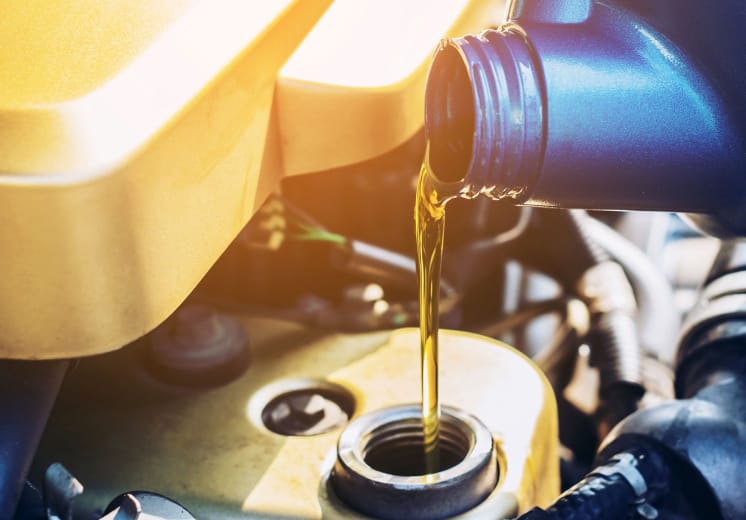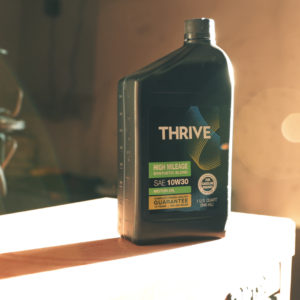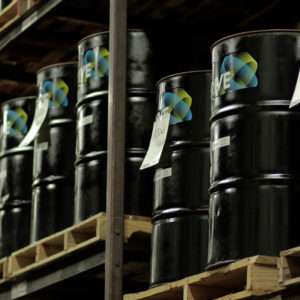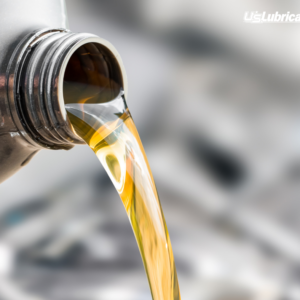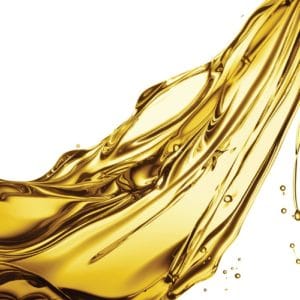What Does 5W-30 Mean? Engine Oil Grades Explained
If you look at an engine oil label, you will notice a combination of letters and numbers – but what does 5W-30 (for example) mean? This combination that you see, called an engine oil grade, is quite important when choosing which engine oil to use in your vehicle. Let’s dive deeper into the meaning behind the naming system of engine oil grades and their unique properties to make choosing the correct engine oils a bit easier.
What Are Engine Oil Grades?
The Society of Automotive Engineers (SAE) has developed a numerical coding system to grade engine oils according to their viscosity. Viscosity is the ability of a liquid to resist flow, or in other words, how thick it is. Oils have different viscosities at room temperature and react differently to temperature changes. As a rule of thumb, the lower the number means lower the viscosity and an increased flow.
SAE established 14 viscosity classes. There are six winter classes indicated by a number and the letter W – which stands for Winter. The classes are: 0W, 5W, 10W, 15W, 20W, and 25W. The eight summer classes are indicated by the number after the letter W: W-8, W-12, W-16, W-20, W-30, W-40, W-50, and W-60.
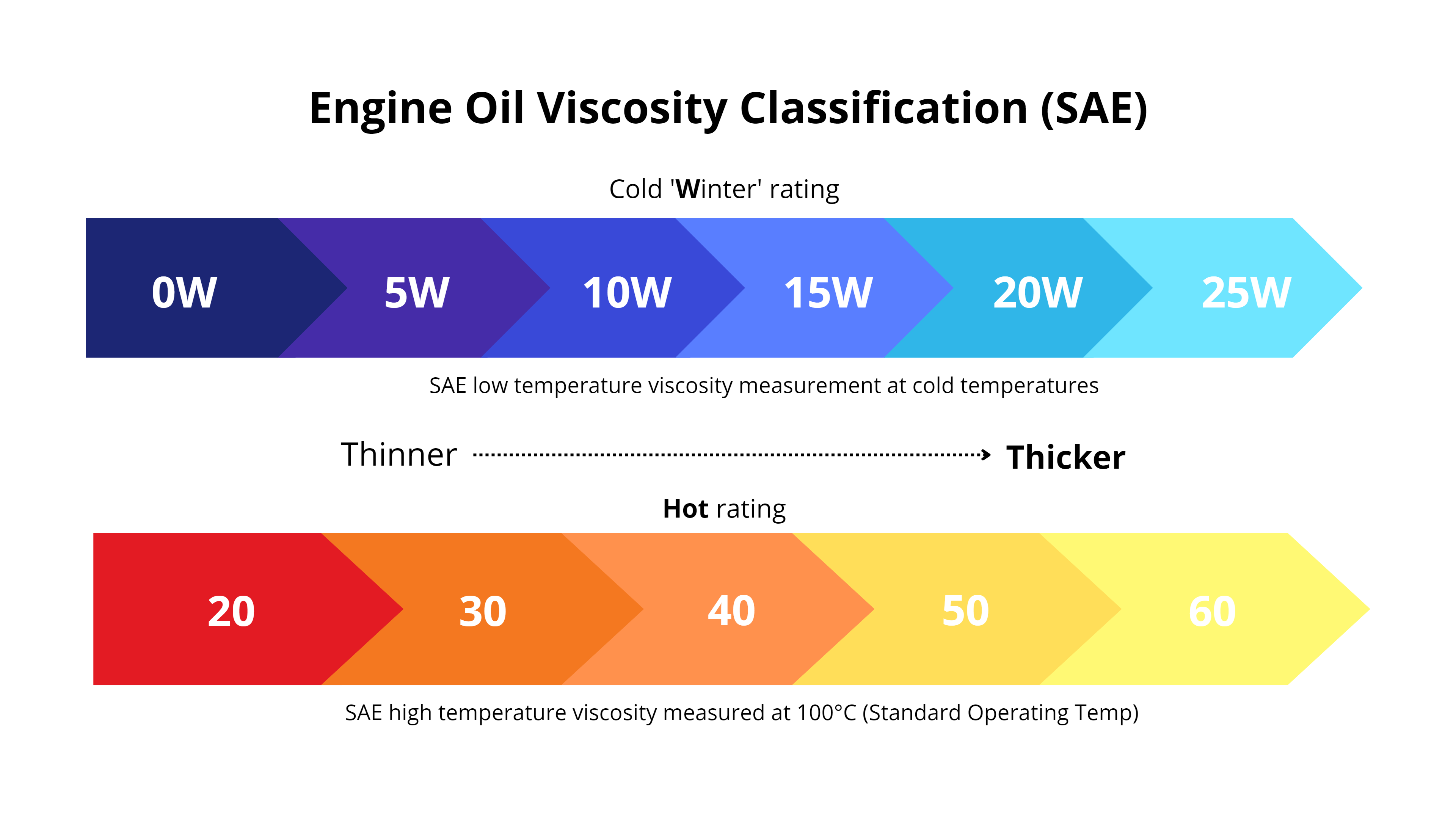
Both numbers define the viscosity of the engine oil:
- The first number, before the W, relates to how oil flows when it is cold, such as when the engine first starts up.
- The second number, after the W, is defined by how oil flows at normal engine operating temperature (100°C) or when your vehicle has been warmed up.
What does 5W-30 Mean?
Now that we have gone over the viscosity classes let’s get into the specifics. For example, if the oil is 5W-30, “5W” describes the oil’s viscosity at low temperatures. The lower the number, the faster the oil will flow at vehicle start-up. The “30” represents the oil’s viscosity at normal engine temperatures or when your vehicle has been warmed up.
An important thing to note – engine oils naturally thicken as they cool and thin as they are heated. The smaller the number, the better it will flow. For example, a 5W-30 will flow more readily than a 10W-30 at start-up temperatures. A 10W-30 will flow more easily than a 10W-40 at standard engine operating temperatures. Oil with a low viscosity gives better protection to engines at cold temperatures. However, when oil has a high viscosity, it will better maintain film strength, which is the lubricant’s ability to lessen the effects of friction and control wear, protecting engines at high temperatures.
What Oil Grade Should You Use?
The best way to determine which engine oil grade you should use for your vehicle is by looking in your owner’s manual. The vehicle manufacturer will describe the correct viscosity grade required for your car’s engine. Newer vehicles often require lower viscosity oils to protect their advanced technology engines. Today, the most common grade is 5W-30 because it is suitable for various vehicles and engine types. On the back of an engine oil container, there should be a list of specifications the product meets to ensure you choose the highest quality oil for your car. Look for qualities such as high viscosity index, thermal stability, and oxidation stability.
Now that you know about the different engine oil grades, check out our variety of engine oil offerings here.


